All-wave radios: features and best models
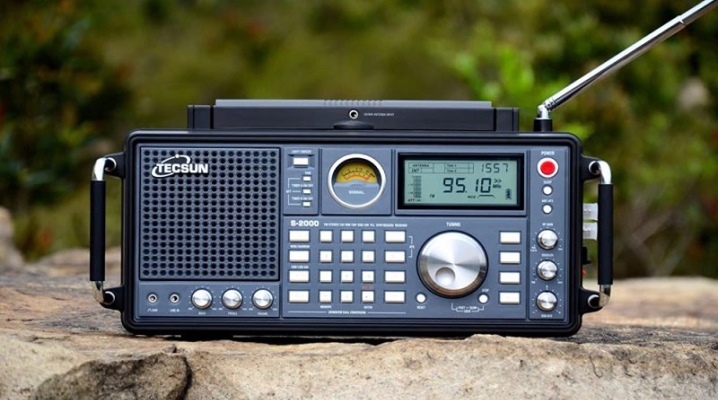
Now many people believe that soon they will receive radio only through smartphones and via the Internet. But the relevance of traditional all-wave radios is not really diminishing.
You need to know their key features, a list of the best models, and also be able to choose the right device for yourself.

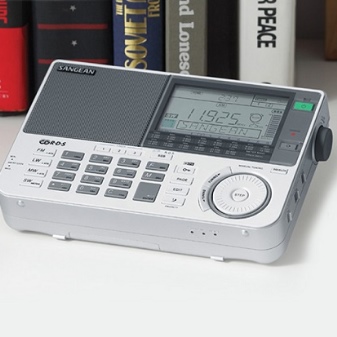
Peculiarities
All-wave radios are devices that connect to antennas and are used to separate signals from the total mass of radiation to convert waveforms into audible sound. Important: All-wave devices are definitely high-end equipment. This is not surprising, considering that the majority of household receivers can only receive a signal on a part of the VHF range. It should be borne in mind that the common idea of a radio receiver as a "talking device" is not entirely true. Such a technique can often reproduce the information received in the form of text, images, or in any other required format.
Quite often, both the antenna and the playback devices are part of the receiver design. Regardless of this, he is engaged in the selection of waves in spatial and polarization terms. After completing the selection, the waves are converted into electrical impulses. Additionally, it can be carried out:
- frequency conversion;
- separation of the desired signal from interference and extraneous impulses;
- amplification of the main pulse;
- bringing the signal to the form it should have.
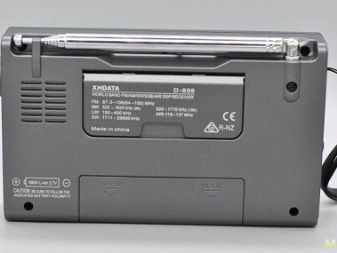
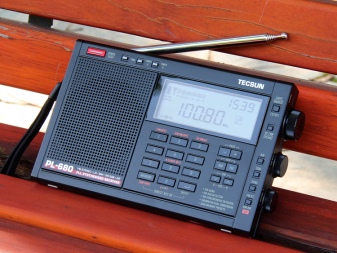
What are they?
The vast majority of ordinary people know that radios are divided into tube and transistor ones. The former are now used very rarely and mainly by amateurs of retro technology and collectors. But one cannot but say that for many decades there was simply no alternative. Vacuum devices cannot instantly turn on, they have a limited reception range (if very short waves are caught, then with great difficulty). Therefore, in the household segment, lamp technology has long been supplanted by transistor and then microprocessor devices.
But transistor receivers, in turn, are divided into analog and digital types. The only plus of the "analogue" is its cheapness; it consumes batteries very intensively, in addition it turns out to be more comfortable and practical, but it is more susceptible to interference. The type of work allows you to classify receiving devices into three main groups:
- radiotelegraph technology allows receiving telegrams;
- radiotelephone is used for voice communication;
- phototelegraphic designs were widely used before the spread of facsimile communication lines and Internet communication.
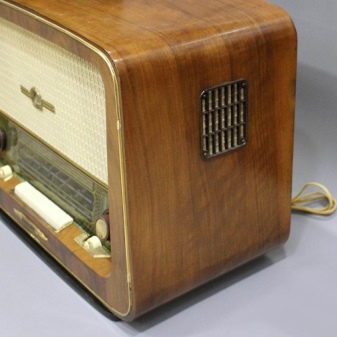
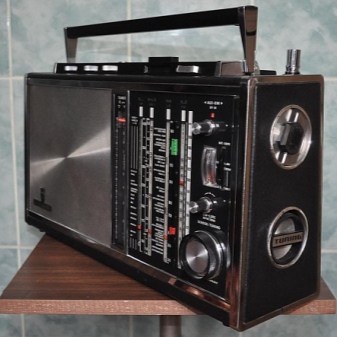
The purpose allows you to select the following types of receivers:
- receiving the signal of terrestrial radio stations;
- used for service communication;
- used in bearing;
- radar;
- required for measurements;
- scanning (detecting all radiation sources).
There are also other gradations:
- by the type of modulation (amplitude, frequency, phase, one band, pulse);
- on the construction of the reception path (detector, direct amplification, direct conversion, super-generator, various superheterodyne);
- autonomous and built into other equipment;
- stationary, carried on itself or put on the base of the vehicle.

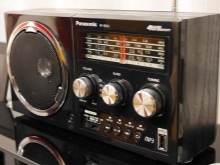
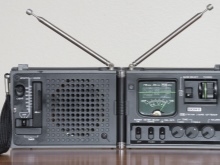
Principle of operation
Oscillations occurring in an electromagnetic field are invariably a combination of a useful impulse and a variety of disturbances.It is impossible to eliminate all possible interference before receiving and processing. Therefore, the received pulses will have to be filtered in order to clearly separate them from unnecessary signals. When the required information is highlighted, the signal is converted into the required form - sound waves, images, photographs, control signals. Business is rarely limited to detection.
Often also needed are:
- filtering in frequency and amplitude criteria;
- signal amplification;
- frequency change;
- digitization for software processing;
- processing itself using special algorithms;
- converting back to analog format.
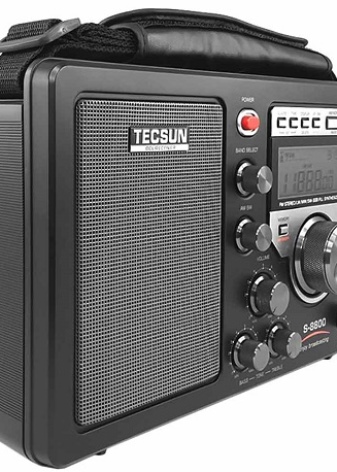
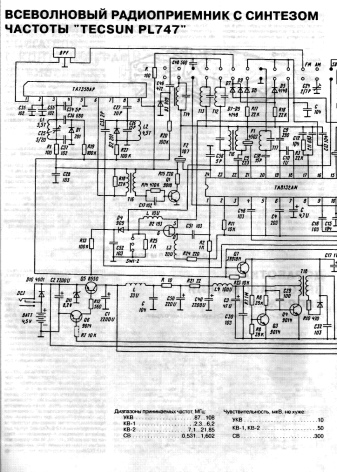
An oscillating circuit is required. This is the name of a coil and a capacitor connected in an electrical circuit. The circuit oscillates at its own frequency. This allows you to cut off almost all signals that are different from the required frequency. But it is possible to finally clear the impulse from interference and falsely received waves only at the next stages of processing.
A microcircuit in terms of signal processing principles does not differ from a vacuum tube. The only difference is that everything is done on different physical laws and on a smaller scale. The simplest receiver circuits, which can be found on the Internet or in special literature, contain only 2 parts - a germanium diode and a main telephone (high resistance).
But due to the absence of an oscillatory circuit, one can only be convinced of the fact of receiving waves, and not select a specific station.
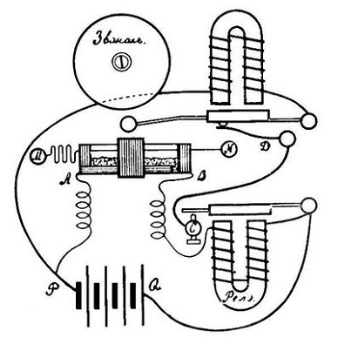
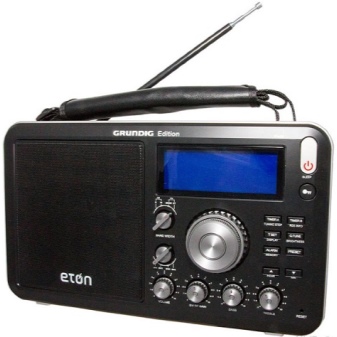
Review of the best models
A portable all-wave receiver is, for example, Supra ST-116... The device has an additional alarm clock. Thanks to the digital "stuffing", memorizing the captured stations is not difficult. The reviews say:
- loud, but not too strong sound;
- pleasant timbre;
- compact design;
- ease.
Among the versions with good reception is the Sangean ATS-909X. For power supply, you can use 4 batteries or connect to the mains. Users have access to a special connector where headphones are connected. There is a sleep timer, and information about the charge is displayed using a special indicator. There is only one problem - the total current consumption is very high.
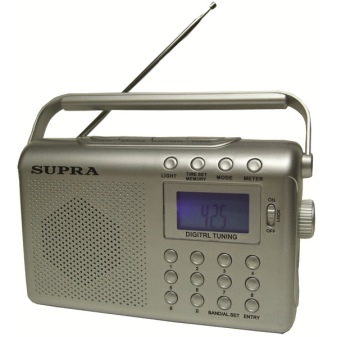
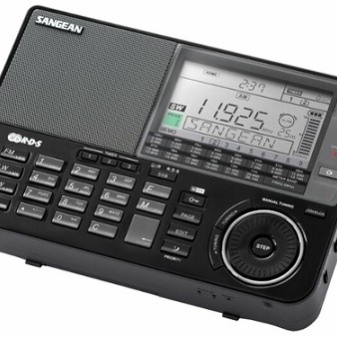
When choosing professional all-wave receivers, you should pay attention to Tecsun S-2000... The device can work with SSB modulation. It even has access to the aviation frequency range, which not all models can boast of. There are 1000 memory locations for the normal operation of the device. An additional antenna is installed through the external connector of the novelty, which conducts selective reception of short or ultra-short broadcasts.
Quite often people are interested in top quality models without cut frequencies. Icom IC-R30 products are a prime example of this. This is also actually a scanning novelty - the model was presented in 2018. Reception is carried out in the band 100 kHz - 3300 MHz. The lithium-ion battery provided by the manufacturer guarantees at least 8 hours of reception in normal conditions.
Other valuable characteristics:
- automatic noise suppression;
- entering channels into the device memory;
- the ability to use a wireless Bluetooth headset;
- group scan mode;
- extended USB port;
- GPS function;
- CI-V interface for easy PC control.
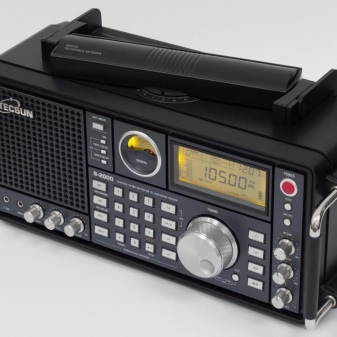
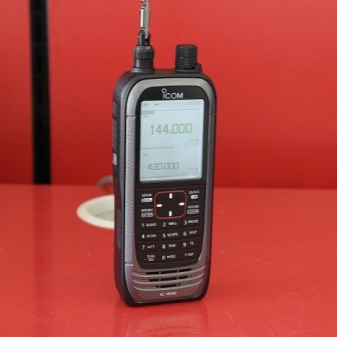
Purely digital device - Degen DE-1103... A legendary device without exaggeration. The receiver is digitally tuned. The frequency is converted twice. There is also:
- 268 memory cells;
- excellent display with analogue scale reproduction;
- line-out;
- headphone jack;
- loudspeaker with a diameter of 77 mm.
All-wave tube radios are also quite officially sold. Many of them are simply reconstructed. A striking example is models:
- Saba Meersburg Automatic 7-3D;
- Graetz Fantasia 1218;
- Grundig 3040M 1965.

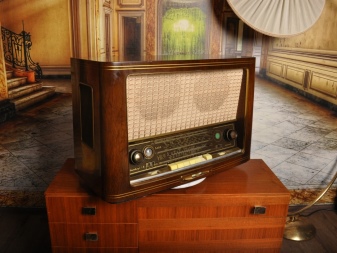
How to choose?
An analog tuner, even in all-wave receivers, is now less and less common. A digital device that makes it possible to memorize stations is much more convenient. Among analog devices, superheterodyne is the most popular. The fact is that they effectively suppress all interference outside the specified band. The problem is that the superheterodyne circuit does not occur in the inexpensive segment. Therefore, one cannot count on a good job.
Sensitivity is a parameter that determines the least weak signal picked up by the device. Voltage sensitivity is indicated in microvolts (abbreviated μV). There is another option for determining it - by the field strength. This is measured in millivolts per meter.
It is appreciated, of course, possibly a lower value on both scales, because it allows you to catch the weakest broadcasts.
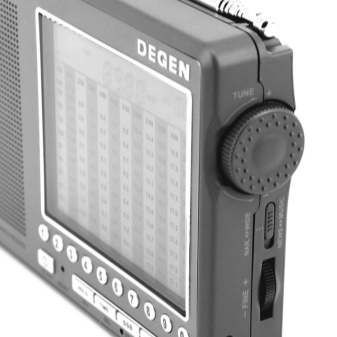
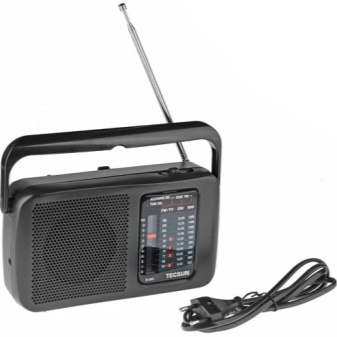
Adjacent channel selectivity is the ability of a device to effectively receive a useful signal when a powerful transmitter is operating on an adjacent frequency. In high-quality devices, this figure is at least 60 dB. But if it is close to 100 dB, it is even better. If the description mentions the selectivity to the image channel, then the receiver is precisely made according to the superheterodyne scheme. The corresponding characteristic is also measured in decibels.
And here Output power expresses how loud the receiver can produce. It is measured in watts or milliwatts. In any case, the higher the power output, the better. For devices powered by batteries, accumulators, at least periodically, it is necessary to take into account the value of the consumed current. The smaller it is, the longer the receiver can work on a single charge.

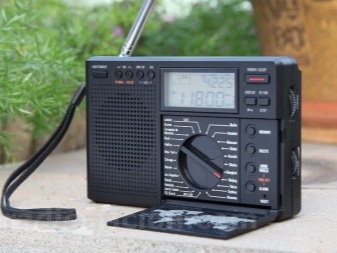
Digital devices can memorize the most valuable radio stations for the owner. Then it will be possible to call them by pressing just one button. The ability to find out the current time is not the only feature of the clock receiver. Many of these models are capable of replacing a separate alarm clock. There is sometimes even an option to turn off the radio by timer if it has not been touched for a long time. The presence of the RDS option indicates that the device will be able to receive and display text data. Usually they are broadcast by radio stations simultaneously with sound. The USB connector is very useful, which allows you to play audio files. Sometimes there is also a slot for working with SD cards.
Important: it is worth clarifying in advance whether it is possible to record files, or only play them, and what is the capacity of the media used. Of course, before buying an all-wave radio, you need to collect as many reviews about them as possible. Moreover, it is worth reading reviews on several mutually independent sites. If a stationary device is purchased, it is imperative to take into account its appearance and fit into the interior. For portable models, compactness, lightness and shock resistance are more important.
You should definitely think about whether it will be convenient to carry the receiver; add-ons such as a protective case are useful, as well as the resistance of the case to moisture.
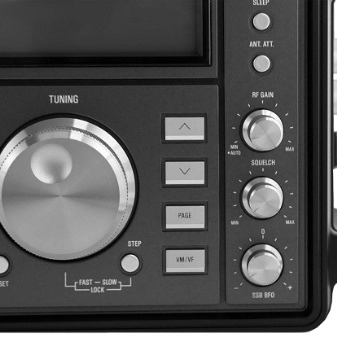
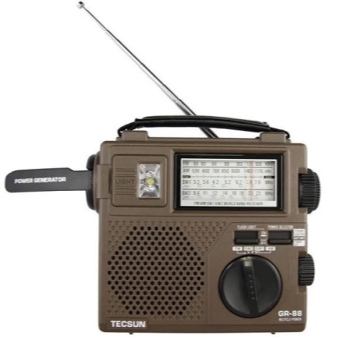
In the next video, you will find a detailed overview of the Tecsun PL-606 all-wave radio receiver.













The comment was sent successfully.